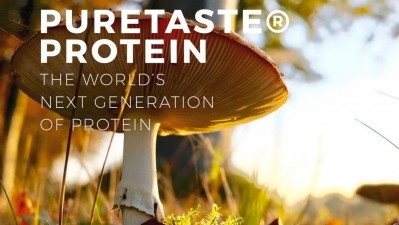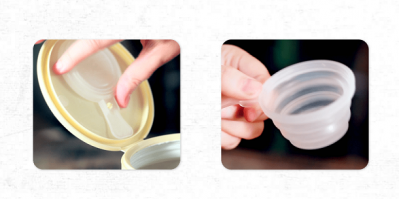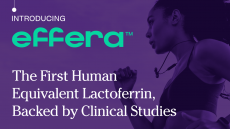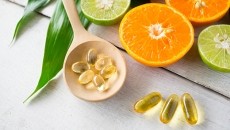New protein ingredient made of non-pasteurized milk is ‘biggest nutritional advance in the last 100 years,’ says founder

But why would anyone want that? “When pasteurization is used to [remove harmful pathogens] in milk, it also removes many of its nutrients,” according to Bob Comstock, CEO and founder of Tamarack Biotics.
A mechanical engineer by training, Comstock’s start in the food industry was making water soluble flavors and colors. He then developed a system that ‘cleans’ raw milk of its pathogens without the need for high heat, keeping heat sensitive compounds like immunoglobulins intact.
Tamarack Biotics’ debut ingredient, a milk protein concentrate called TruActive 85, finalized its self-affirmed GRAS process conducted by the Burdock Group just two weeks ago, after nearly six years of researching and preparing the product for market launch.
At last week’s SupplySide West show in Las Vegas, Comstock told NutraIngredients-USA that his company has made the “biggest nutritional advance in the last 100 years.”
Going to market, positioned for sports nutrition
With self-affirmed GRAS under its belt, the company is waiting for a no-objections letter from the Food and Drug Administration (FDA).
TruActive will launch into a marketplace where demand for dairy is declining while interest in plant-based, milk-like beverages is booming. But when it comes to protein in sports nutrition, whey still makes a bulk of sale, according to data from Euromonitor.
Hence, Comstock said the ingredient will be positioned first for sports nutrition because consumers in this category tend to be early adopters, and also because of the ingredient’s nutritional profile. “The compounds that have been tested in sports nutrition for a very long time, like immunoglobulins, we have them in high concentrations,” he said.
Another example is lactoferrin, which can be found in colostrum, “which is really expensive, and our product has all of this but for a relatively very low price.”
Muscle protein synthesis, recovery, and even immune support for athletes are among the benefits of the ingredient, Comstock said.
Preliminary study hints at ingredient’s immune support benefit
Though one of the two studies on the ingredient is still awaiting publication in a peer-reviewed journal, Comstock said that the preliminary results suggest the ingredient is suitable for immune support and sports nutrition.
One of the first studies on the ingredient was conducted at the University of California, Davis. It was a randomized, placebo-controlled trial, where participants aged 60 to 84 consumed 7.5 g of either soy protein or TruActive twice a day for four weeks.
“Then they had a vaccine, and then four more weeks of consumption and a blood test,” he explained. “We looked at antibody development, and the reason we did that was because antibodies are a good predictor for immune response.”
He added: “Everyone talks about immune support, but there’s no good way of measuring immune activity or how healthy your immune system is. So what we’re trying to prove was that our product would make elderly immune systems more responsive.”
A better response than whey
The study was a follow-up of UC Davis researchers who studied the same soy protein used in this study ten years ago, but compared it to whey. Back then, they found that whey improved vaccine response by 17% more than soy.
“We were hoping to do better than whey, 20% to 25%,” Comstock said. “To our surprise, the results came in 120% improvement, so more than double the antibodies developed on average. That’s way more than we expected we were able to do.
















